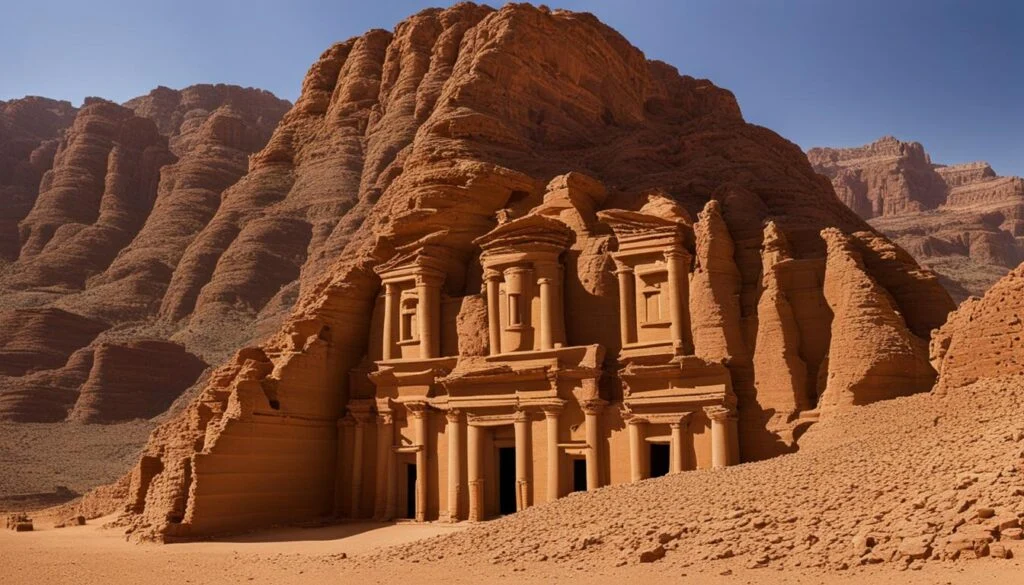As global travelers increasingly seek meaningful and authentic experiences, Tourism Saudi is unveiling a side of the Kingdom that few have seen — one far beyond the iconic deserts and megacities. While Saudi Arabia is rapidly becoming known for futuristic projects and luxury resorts, its lesser-known treasures lie in the unexplored villages, hidden valleys, remote mountains, and untouched coastlines. These off-the-beaten-path destinations reveal the heart and soul of Saudi culture, traditions, and natural beauty — offering a rare travel experience rooted in authenticity.
Tourism Saudi has made great strides in supporting this movement, developing access to remote regions, promoting ethical and sustainable tourism, and encouraging exploration that benefits both travelers and local communities. For those who yearn to discover a different kind of adventure — slower, deeper, and more connected — Saudi Arabia is a land of endless possibilities.

Table of Contents
Unexplored Villages and Remote Landscapes in Tourism Saudi
While Riyadh, Jeddah, and AlUla may dominate travel headlines, some of Saudi Arabia’s most extraordinary experiences lie far off the tourist trail.
1. Rijal Almaa – The Living Museum of Asir
Nestled in the Asir Mountains, Rijal Almaa is a centuries-old stone village with multicolored towers and intricate frescoes. Recognized for its cultural significance, the village was a regional trading hub and remains a vibrant testament to the area’s architectural heritage.
Visitors can stroll through cobbled alleys, interact with local artisans, and enjoy traditional southern hospitality — all against the backdrop of forested hills and mountain fog.
2. Al Qarah Mountain and the Hidden Caves of Al Ahsa
In the eastern province lies Al Qarah Mountain, a mystical site surrounded by palm groves and date farms. This natural wonder is home to cool limestone caves that maintain a consistent temperature year-round, making it a pleasant escape even in summer.
The surrounding villages of Al Ahsa — recently listed as a UNESCO World Heritage Site — offer glimpses into oasis farming, traditional souqs, and age-old customs rarely found in mainstream tourism.
3. The Forgotten Fortresses of Najran
Located near the Yemeni border, Najran offers a different cultural flavor, influenced by its tribal heritage and geographical isolation. The city is home to mud-brick fortresses, ancient rock art, and lush valleys that defy the desert stereotype.
Few travelers venture this far south, making it a rewarding destination for those seeking solitude and authenticity.
4. The Farasan Islands – Red Sea’s Untouched Archipelago
A hidden marine paradise off the coast of Jazan, the Farasan Islands boast coral reefs, mangroves, and abundant birdlife. With fishing villages, Ottoman ruins, and pristine beaches, these islands are ideal for eco-tourists and divers looking to escape the crowds.
The local population lives modestly, and Tourism Saudi encourages visitors to explore the region respectfully — preserving both the environment and culture.
Also, get to know Wellness and Healing Retreats in Tourism Saudi: A New Frontier for Holistic Travel
How Tourism Saudi Promotes Authentic and Rare Experiences

Saudi Arabia’s evolving tourism model is increasingly focused on experiential travel — encouraging visitors to engage deeply with local cultures, history, and the environment.
1. Developing Infrastructure in Remote Areas
While remote, many of these hidden gems are now more accessible thanks to improved roads, digital navigation apps, and domestic flight connectivity. Tourism Saudi has collaborated with regional authorities to develop visitor centers, signage, rest stops, and eco-lodging that make exploration possible without compromising the environment.
For example, in Al Baha and Asir, new observation decks, heritage village restorations, and community-driven lodges are allowing travelers to stay longer and engage more deeply.
2. Supporting Local Artisans and Cultural Guardians
Many of the lesser-known villages are home to craftspeople, storytellers, and musicians whose skills are passed down through generations. Tourism Saudi partners with local cooperatives to organize festivals, workshops, and cultural nights that not only preserve these traditions but also allow visitors to participate.
In places like Ushaiger Village near Riyadh, travelers can learn about Najdi architecture, traditional weaving, and even cook with local families — turning a short visit into a transformative cultural exchange.
3. Promoting Seasonal and Regional Festivals
From olive harvests in Al Jouf to honey festivals in Al Baha, Tourism Saudi helps highlight the diversity of the Kingdom’s seasonal calendar. These events are often held in small towns and offer immersive experiences — including tastings, crafts, and music — that provide insight into daily life in the Kingdom’s rural heartlands.
Also, get to know Railways and Road Trips: Exploring Tourism Saudi by Land
Ethical Travel Tips for Exploring Lesser-Known Tourism Saudi Sites

As travelers venture into remote and culturally sensitive areas, ethical and sustainable practices become even more critical. Tourism Saudi promotes responsible travel to ensure that tourism benefits communities while preserving local culture and nature.
1. Respect Local Customs and Dress Modestly
Many rural areas are deeply traditional, and travelers are encouraged to respect local customs, especially regarding dress and behavior. Wearing modest clothing, asking for permission before photographing people, and observing gender norms in social spaces are essential to being a responsible guest.
2. Support Local Economies
Choose to stay in locally owned guesthouses, buy handmade souvenirs, and dine at village restaurants rather than relying on imported chains. Your spending directly supports families and encourages communities to continue preserving their traditions.
3. Leave No Trace
Whether you’re hiking in the Sarawat Mountains or swimming near the Farasan Islands, practice eco-tourism principles: take your trash with you, avoid single-use plastics, and stay on designated paths. Many remote ecosystems are fragile and cannot withstand careless tourism.
4. Engage, Don’t Just Observe
Try to learn a few Arabic words, greet people warmly, and take the time to talk to locals. Many rural Saudis are eager to share their culture and stories, and even short conversations can foster meaningful cross-cultural understanding.
5. Travel Slow
Instead of rushing through a checklist, spend time in each destination. Slow travel allows you to notice details — a farmer tending his grove, children playing outside a mosque, an elder recounting village history — that make the journey richer and more memorable.
Contact us now to discover more!
Conclusion
The allure of Saudi Arabia isn’t just in its monumental projects or famous landmarks — it’s in the quiet moments found in mountain villages, the forgotten forts of the desert, and the warm hospitality of people far from the tourist track. Tourism Saudi is making it easier for adventurers to uncover these hidden treasures while encouraging mindful, ethical exploration that respects the land and its people.
For travelers seeking something more than a checklist, the Kingdom offers a deeper journey — one that celebrates human connection, cultural heritage, and nature’s quiet wonders. So, take the road less traveled, follow the winding paths into unknown villages, and experience a side of Saudi Arabia few have seen — but many will remember.



